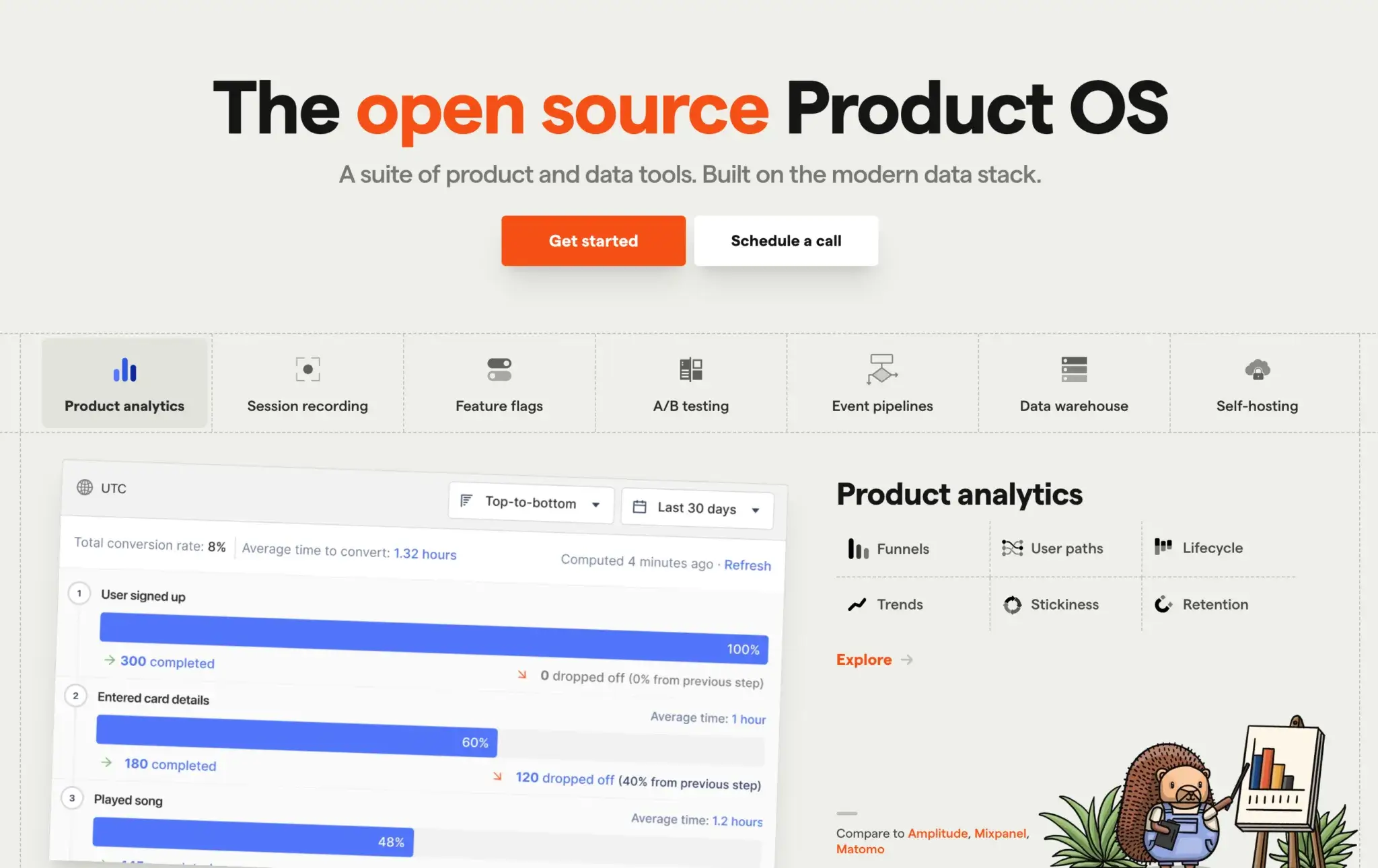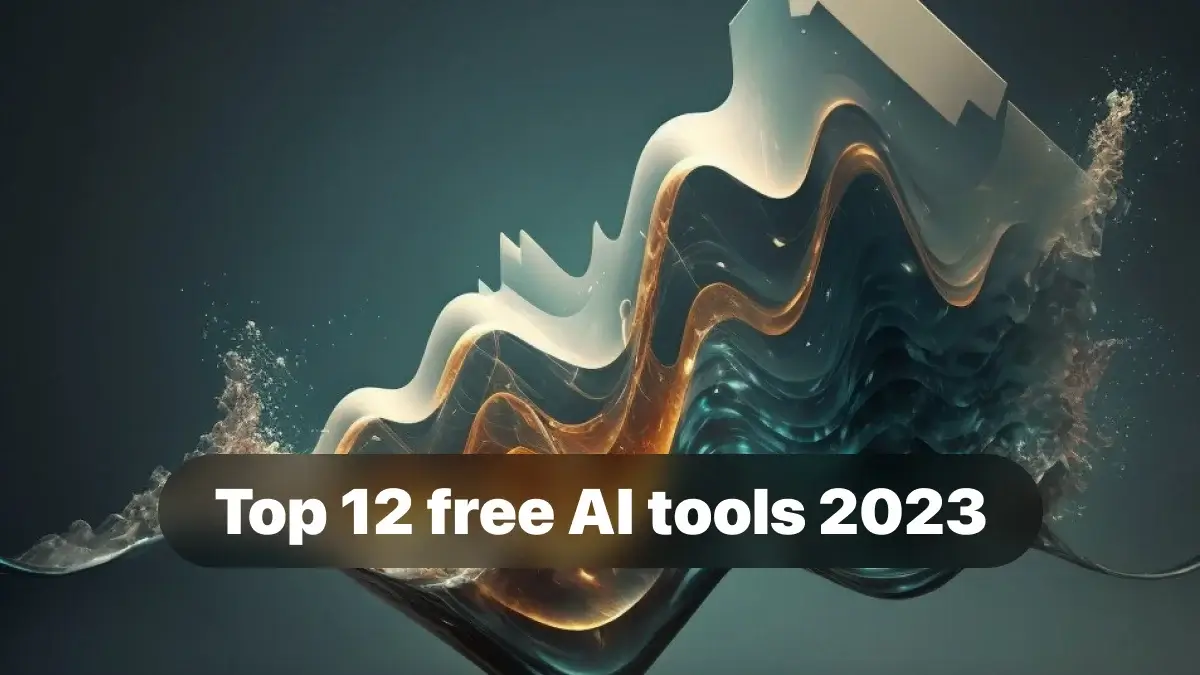Building generative AI systems can be done in a variety of ways. One typical method is to evaluate the structures and patterns in the training data using deep learning techniques, such as neural networks, and then produce new material based on those structures. Another strategy is to create content based on statistical patterns in the data using more conventional machine learning methods, including decision trees or clustering algorithms.
Language translation, image creation, and music creation are just a few of the many possible uses for generative AI systems. They can be used to create fresh content for imaginative reasons or to automate laborious or time-consuming human chores.
If you would like to know how to prompt visit this article.
Types of generative ai:
- Generative Adversarial Networks (GANs): A kind of generating artificial intelligence system that consists of two neural networks—a generative network and a discriminative network—that compete with one another in a framework of zero-sum games
- Autoencoders: A subset of generative AI that can learn to reconstruct its inputs and generate new data points that are comparable to the original inputs.
- Image Synthesis: AI algorithms have generative capabilities that can create brand-new images from text or from already-existing images.
- Text Generating Algorithms: Generative AI algorithms that can produce new text from audio or from already written text.
- Music Creation: AI generative algorithms that can create new music from auditory inputs or from previously created music.
- Video Generation: Algorithms that can generate new videos from existing videos or audio inputs.
- Natural Language Processing (NLP): AI algorithms that can produce fresh text from voice or text inputs.
Generative Adversarial Networks (GANs)
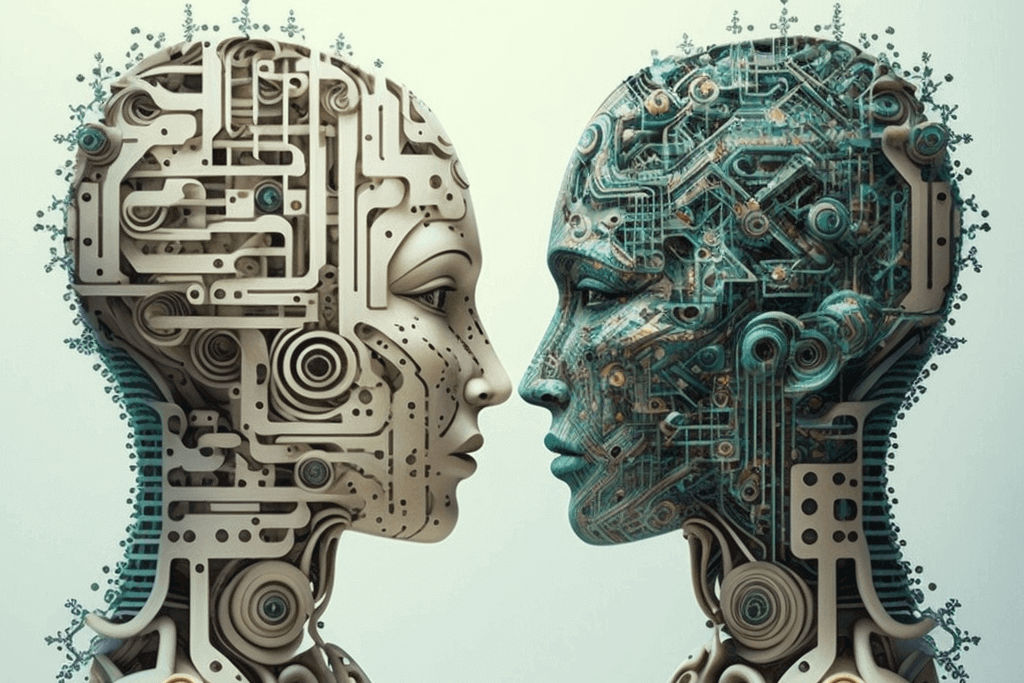
Generative Adversarial Networks (GANs) are a type of artificial intelligence (AI) system that uses two neural networks, called the generator and the discriminator, to generate new, synthetic data based on real-world data. The generator creates new data that is as close to the original data as possible. The discriminator then evaluates the generated data to determine if it is real or fake.
This process is repeated until the generated data is indistinguishable from the real data. GANs are used in many applications, such as image generation, text generation, generating audio data, and more.
For example, imagine a GAN is used to generate images of cats. First, the generator is fed with a dataset of real images of cats. The generator then creates new images of cats that look as real as possible. The discriminator then compares the generated images to the original dataset and judges whether or not the images are real. If the discriminator determines that the generated image is fake, then the generator is updated, and the process is repeated until the generated images are indistinguishable from the original images. In this article we deep dive on how to avoid making your designs boring.
Autoencoders
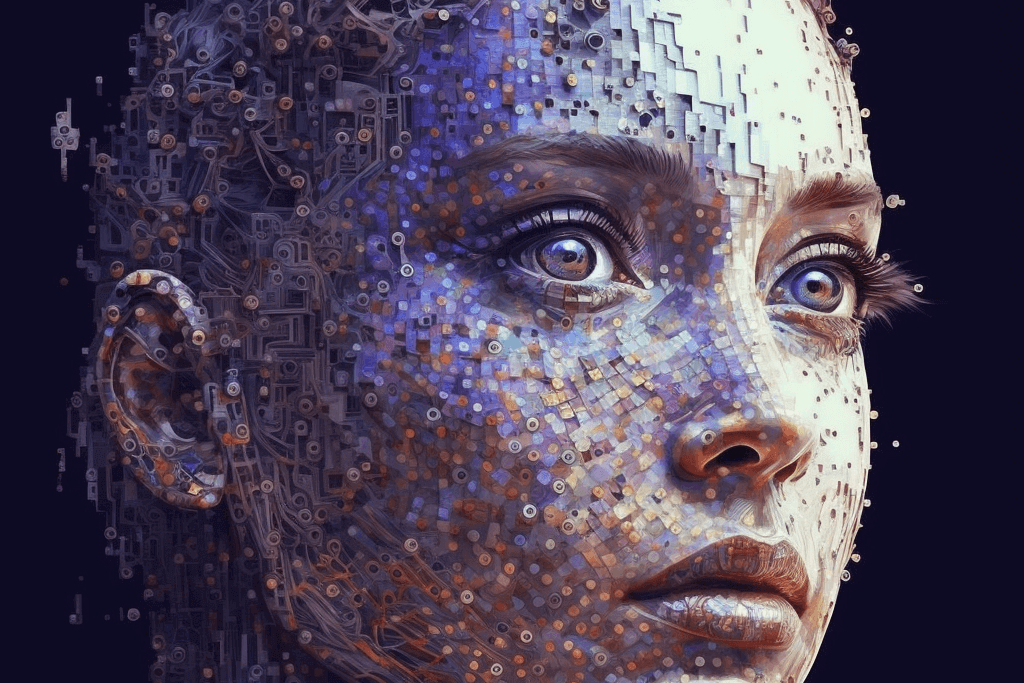
An autoencoder is a type of neural network that takes an input and attempts to produce an output that is identical to the input. It is used to compress data by reducing the number of features in the data while still preserving the most important information.
For example, an autoencoder might take an image of a person’s face and compress it down to a smaller set of features that still accurately represent the image. This could be useful for reducing the size of the data set and making it easier to store or transmit.
Image Synthesis

Image synthesis is the process of creating a digital image from scratch. It involves combining various elements, such as shapes, colors, textures, and lighting, to create an image that looks as realistic as possible.
For example, a 3D artist may use image synthesis to create a detailed 3D rendering of a city or landscape. This process would involve combining various textures, such as grass, concrete, and metal, to create a realistic environment. The artist would then add lighting effects, such as shadows and highlights, to bring the scene to life. Finally, they would render the image to create a digital image that looks like a photograph.
Text Generating Algorithms
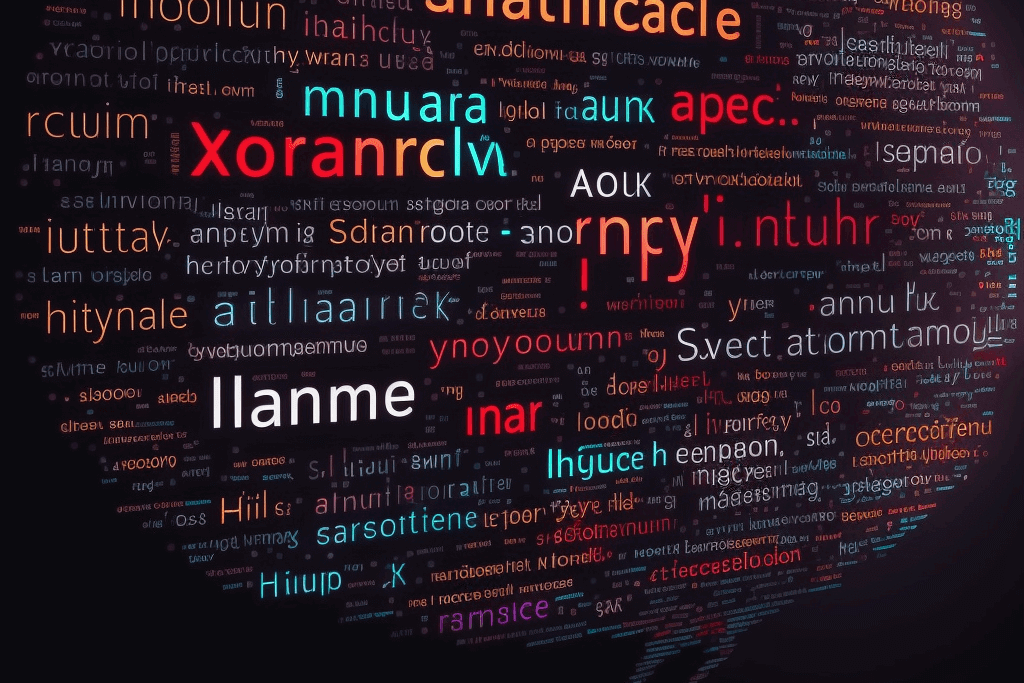
Text Generating Algorithms are computer programs used to generate text that can be used for a variety of purposes. They are based on machine learning algorithms, which take in large amounts of data and use it to learn patterns and generate new data.
For example, a text generating algorithm might be used to generate news articles. It would take in a large dataset of news articles and use it to learn how to write new articles that are similar to the ones in the dataset. It could even generate original articles with new content.
Music Creation
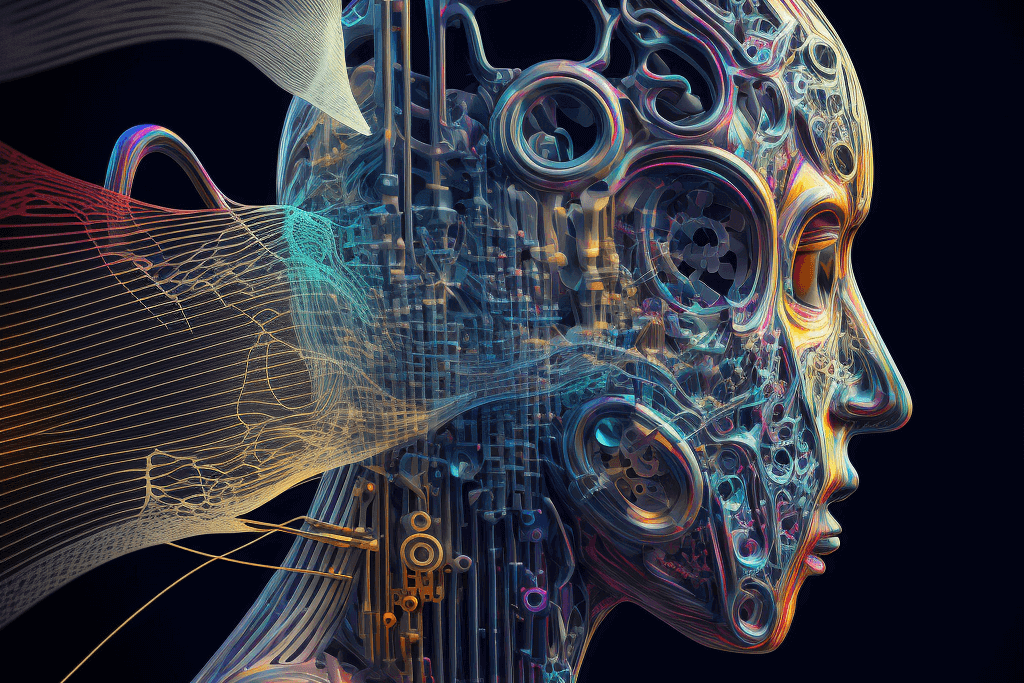
AI Music Creation is a process in which Artificial Intelligence (AI) is used to create music. AI is used to analyze existing music, learn the patterns and structures, and then generate new music that follows those patterns and structures.
For example, an AI system could be trained on existing music from a certain genre, such as classical music, and then generate new pieces that have the same sound and feel as the original. The AI could also be given the task of creating music that is completely unique and never heard before.
Video Generation
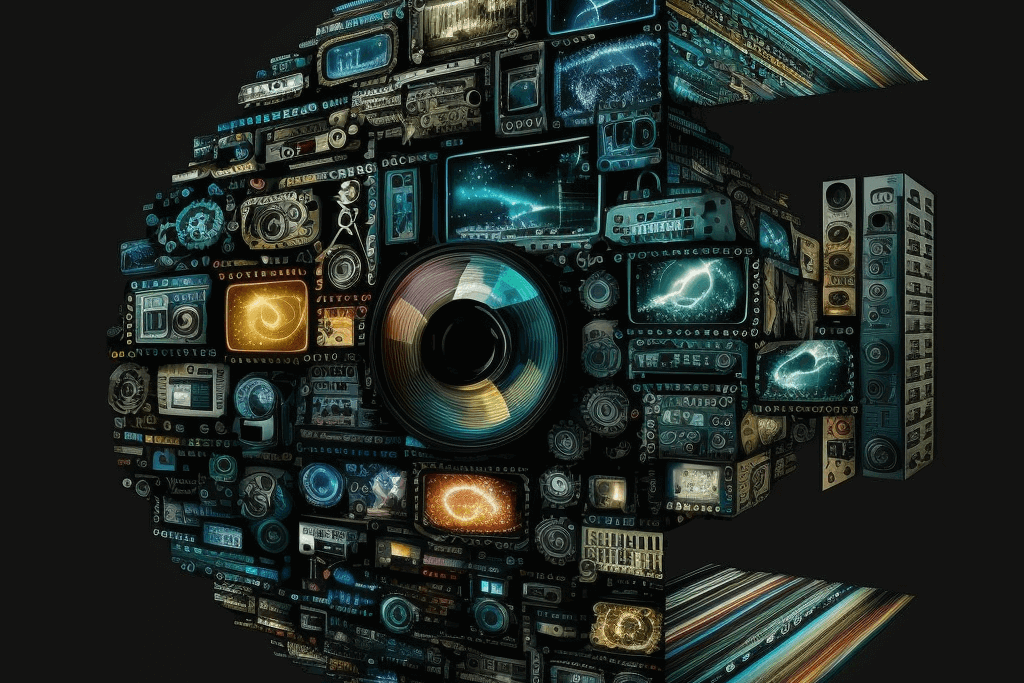
AI Video Generation is a process in which artificial intelligence (AI) is used to generate videos. It involves a computer program that can automatically create videos from images and audio clips.
For example, AI Video Generation can be used to create a video of a person talking in which the person’s face and voice are automatically generated by the AI. The computer program can also generate backgrounds and other effects, such as animation, to enhance the video.
Natural Language Processing (NLP)
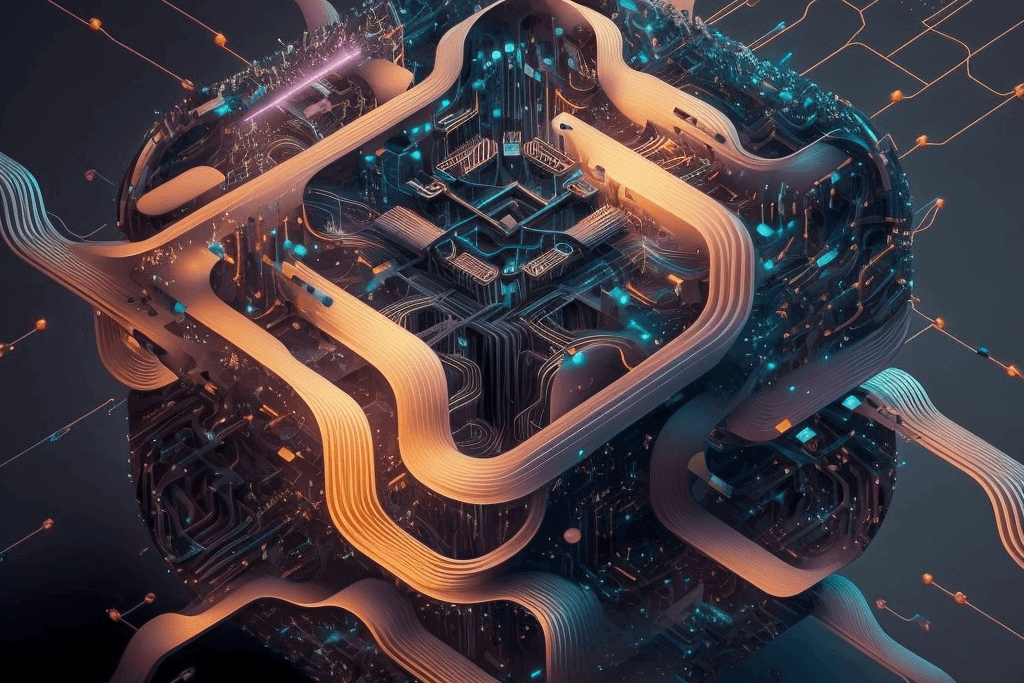
Natural Language Processing (NLP) is a branch of artificial intelligence that focuses on understanding and interpreting human language. It enables computers to understand and interpret natural language (such as English, Spanish, and French) and process it in a meaningful way.
For example, NLP can be used to build a chatbot. A chatbot is a computer program that can hold a conversation with a person using natural language. The chatbot would be able to understand what the person is saying and provide a response based on the content of the conversation.
Some technologies behind generative AI
Generative AI – Images:
- Dalle-2 – Image
- Stable Difussion – Image
Generative AI – Text:
- ChatGPT – Text

